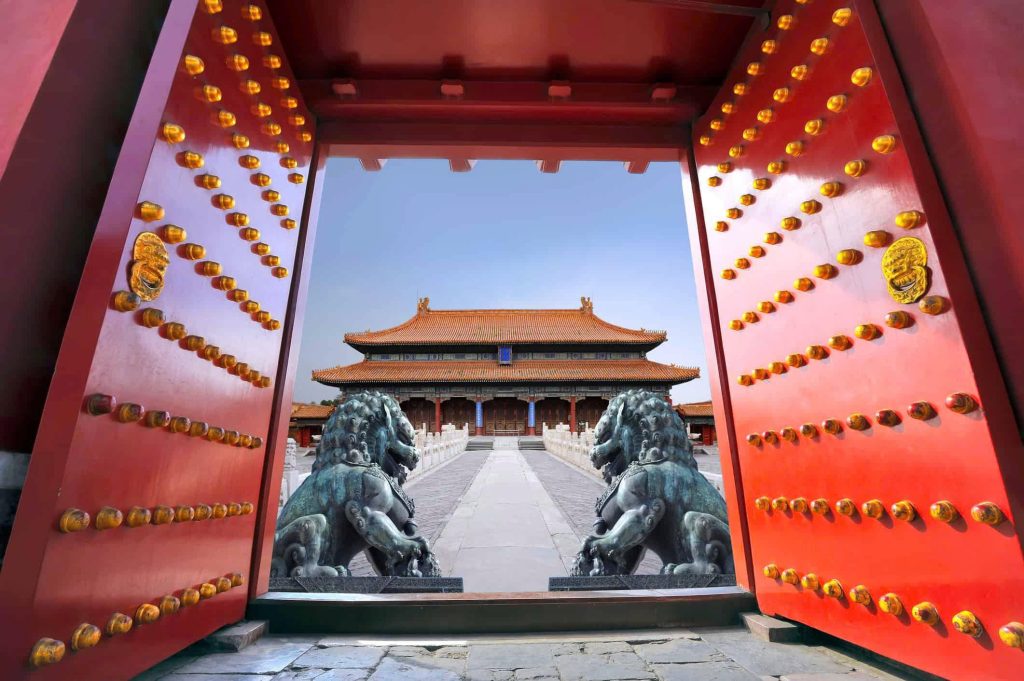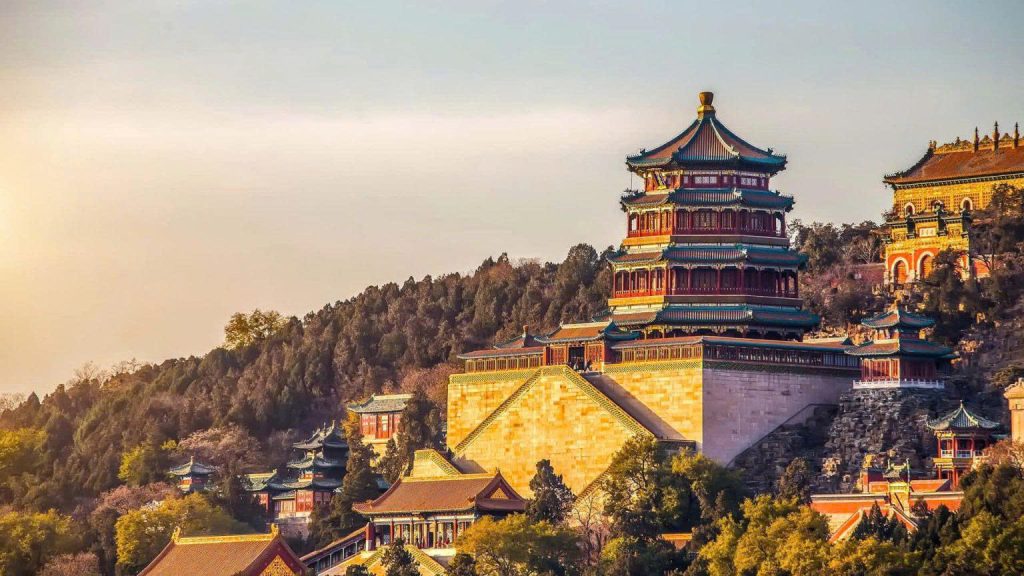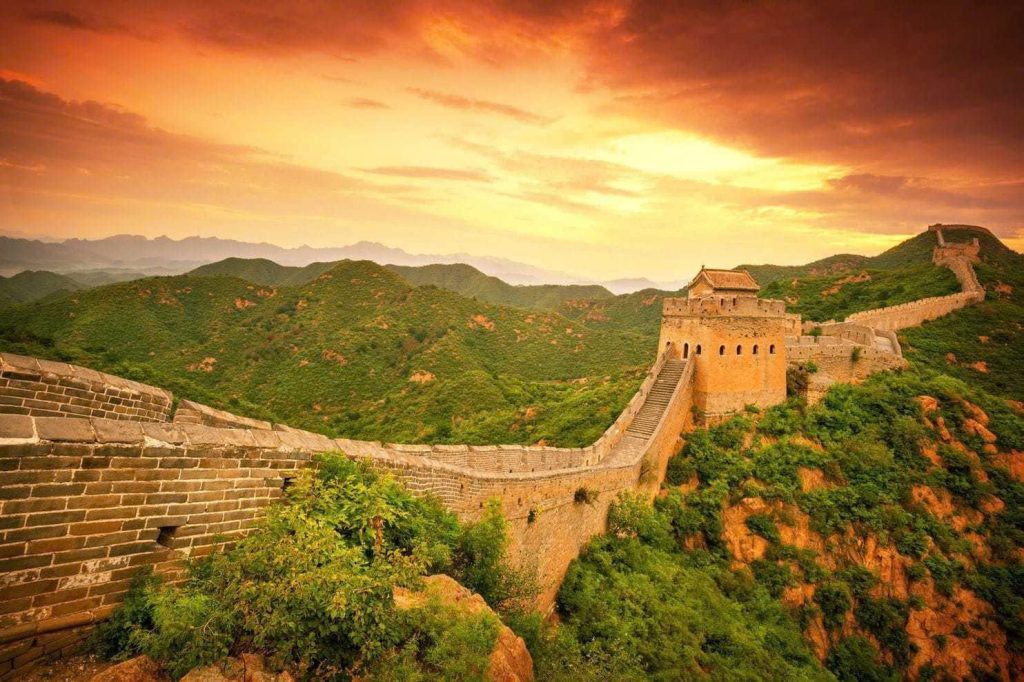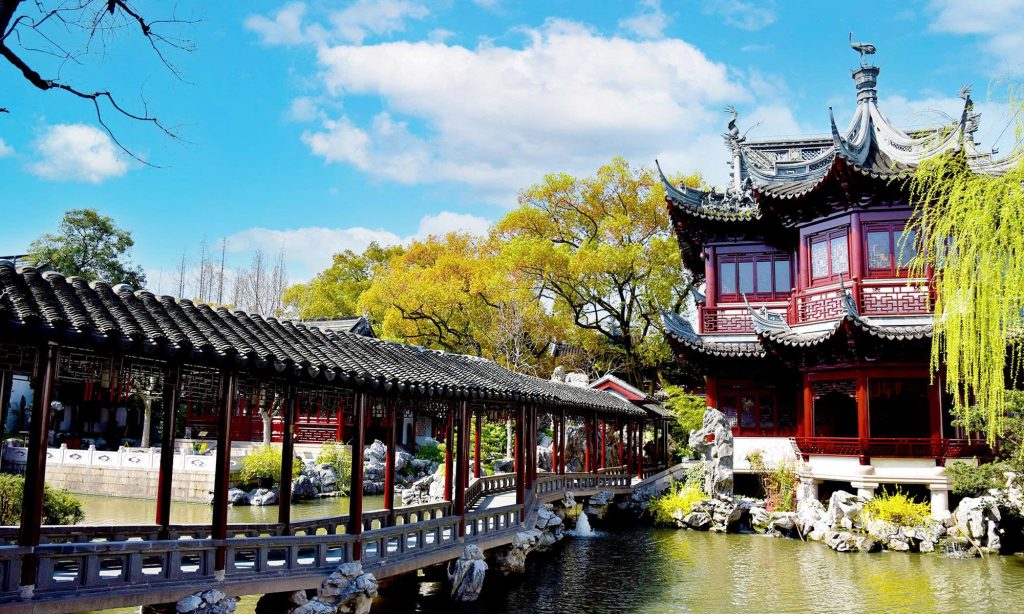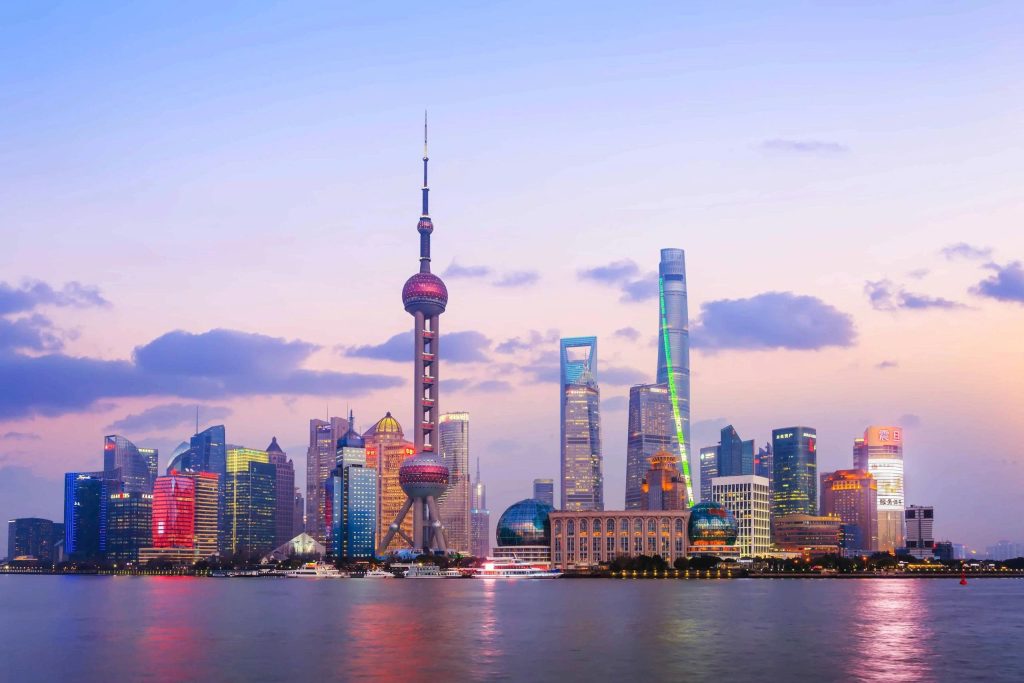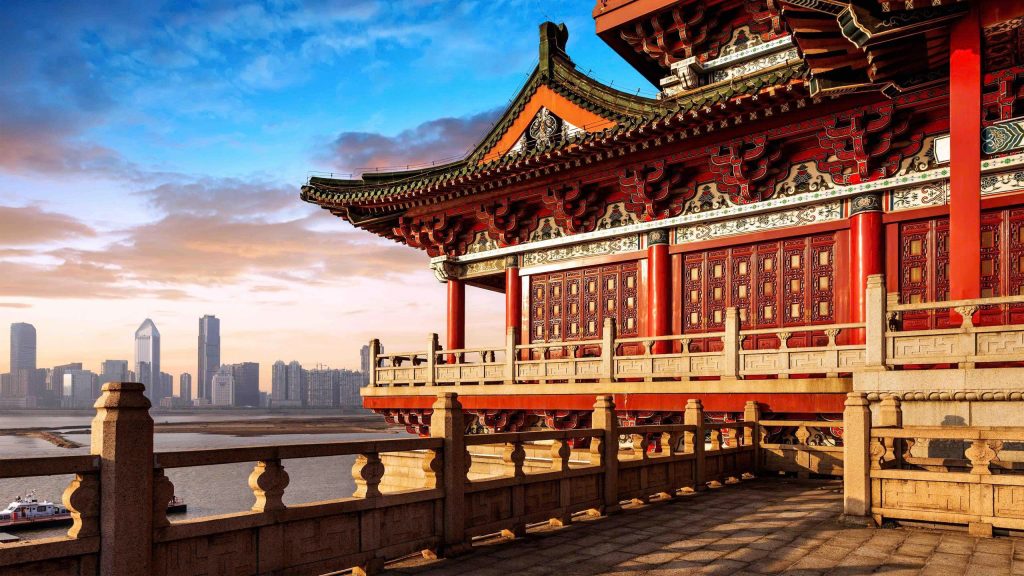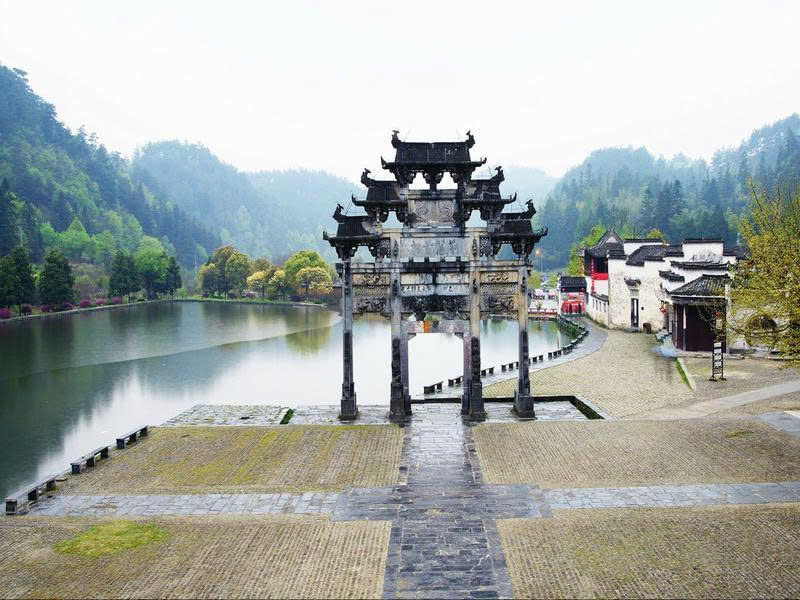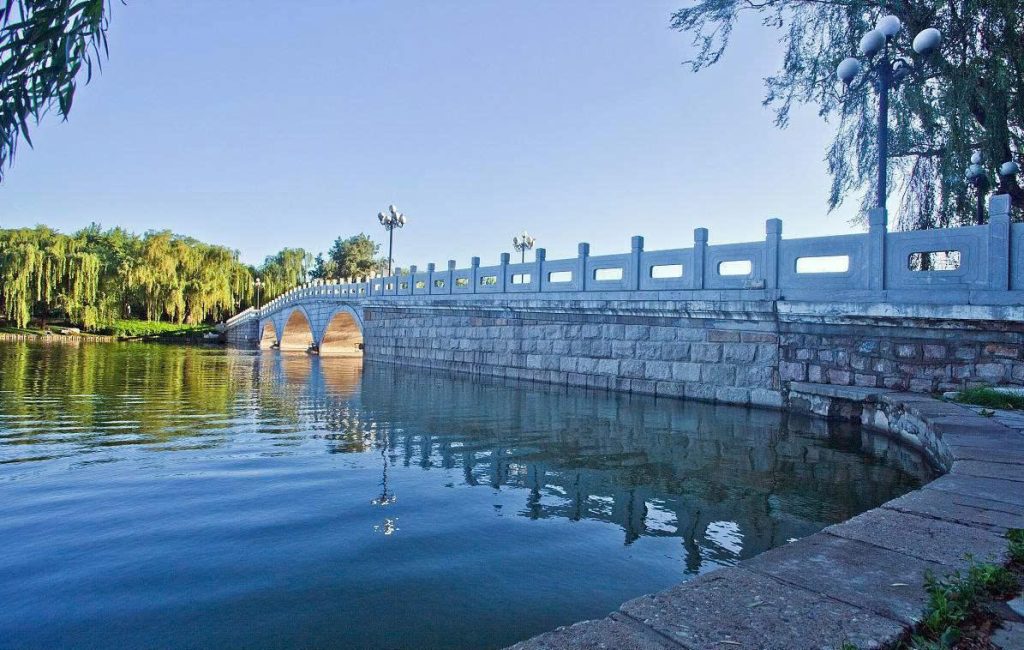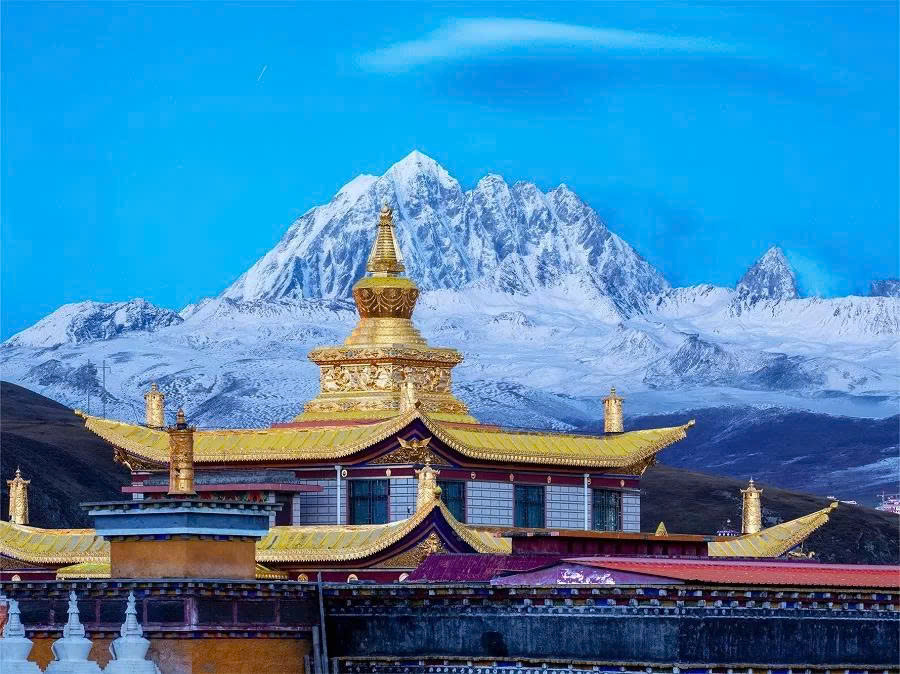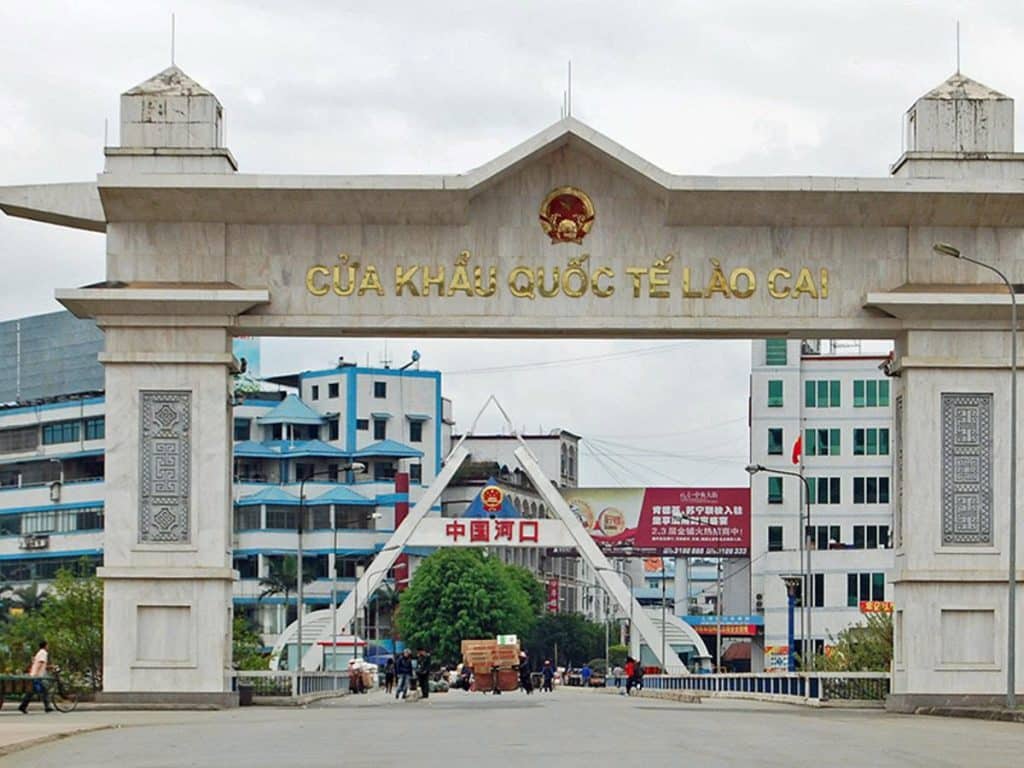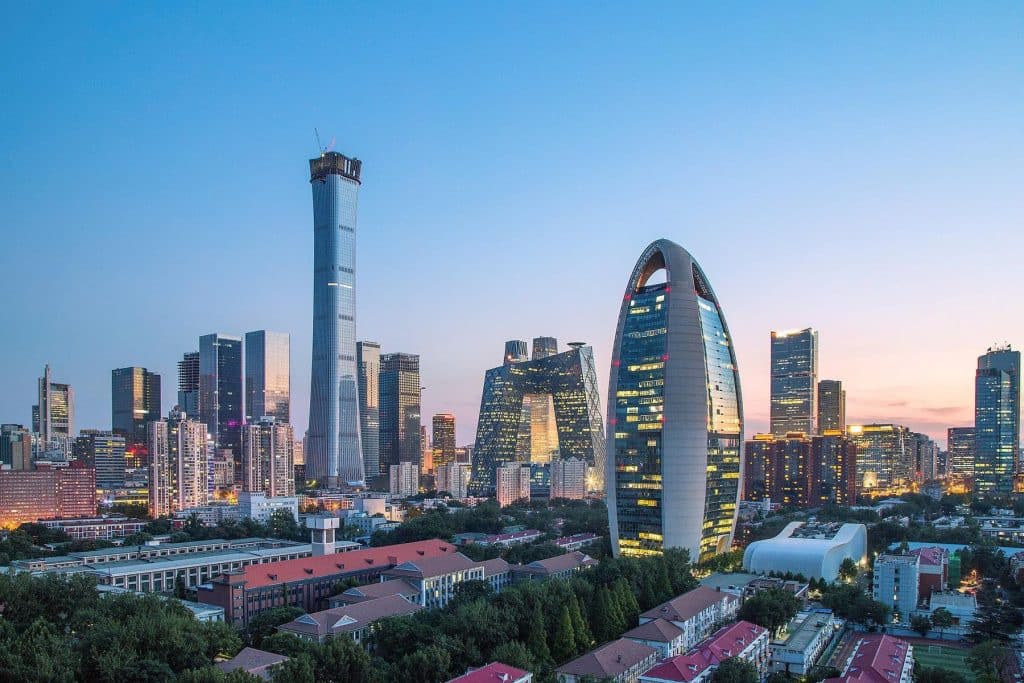China is a land of profound contrasts, where 4,000 years of Chinese history meets the sharp edge of 21st-century modernity. For the first-time traveler to China, or even the seasoned global explorer, the journey is not just about seeing the sights—it’s about learning to navigate a complex, dynamic, and deeply traditional culture. It’s about being prepared to encounter a society where technology is omnipresent yet ancient social norms still dictate daily life.
To truly appreciate the wonder of the Great Wall, the majesty of the Forbidden City, or the hustle of a modern metropolis like Shanghai, you need a compass. That compass is cultural understanding. Without it, you risk not only confusion and logistical headaches but also inadvertently causing offense, a major misstep in a society that values respect and harmony above all else.
1. Essential Planning & The Digital Divide: Preparing for China
No amount of sightseeing research can compensate for skipping essential logistical and technological preparation. China operates on its own set of rules, and being digitally and logistically ready is crucial for a stress-free trip.
Navigating the Essentials: Visas, Timing, and the Great Firewall
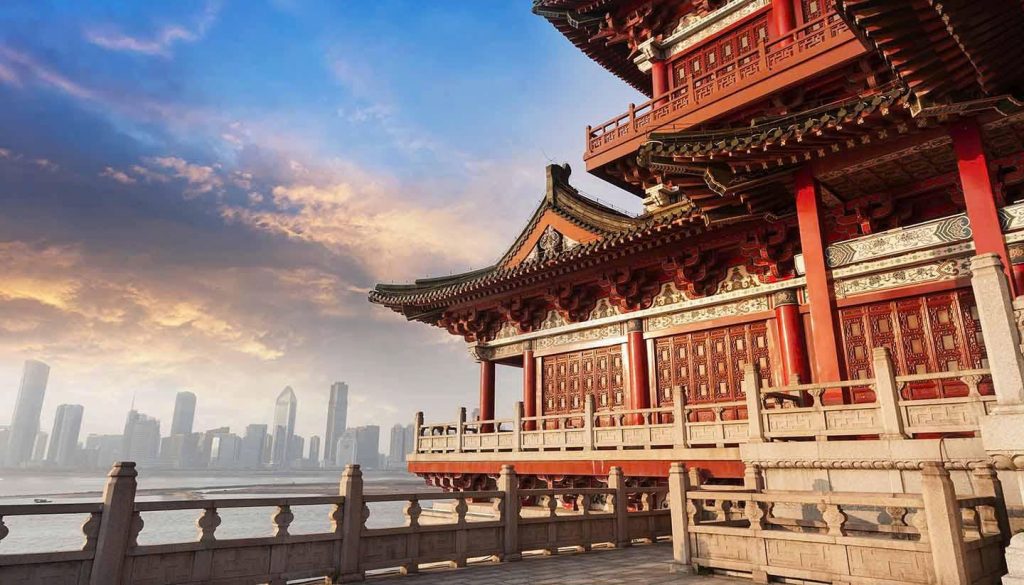
Visa & Entry Requirements: Know Your Status
Securing the right to enter China is the first and most critical step. The process is famously bureaucratic, so start early.
- Standard Tourist Visa (L-Visa) Application Steps: Most visitors will need to apply for a tourist visa through a Chinese embassy or consulate in their home country. This requires an application form, a valid passport, a photo, proof of confirmed round-trip flights, and accommodation bookings. Do not book the rest of your itinerary until your visa is approved.
- Visa-Free Entry: Who Qualifies and Transit Options: China offers several visa exemption programs. The most common is the 144-hour Visa-Free Transit policy available at major hubs like Beijing, Shanghai, Guangzhou, and Xi’an. This allows citizens from many countries to transit within a designated area for up to 144 hours (six days) without a visa, provided they have a confirmed ticket to a third country. Always check the specific rules for your nationality and port of entry.
When to Visit: Seasons and Peak Periods
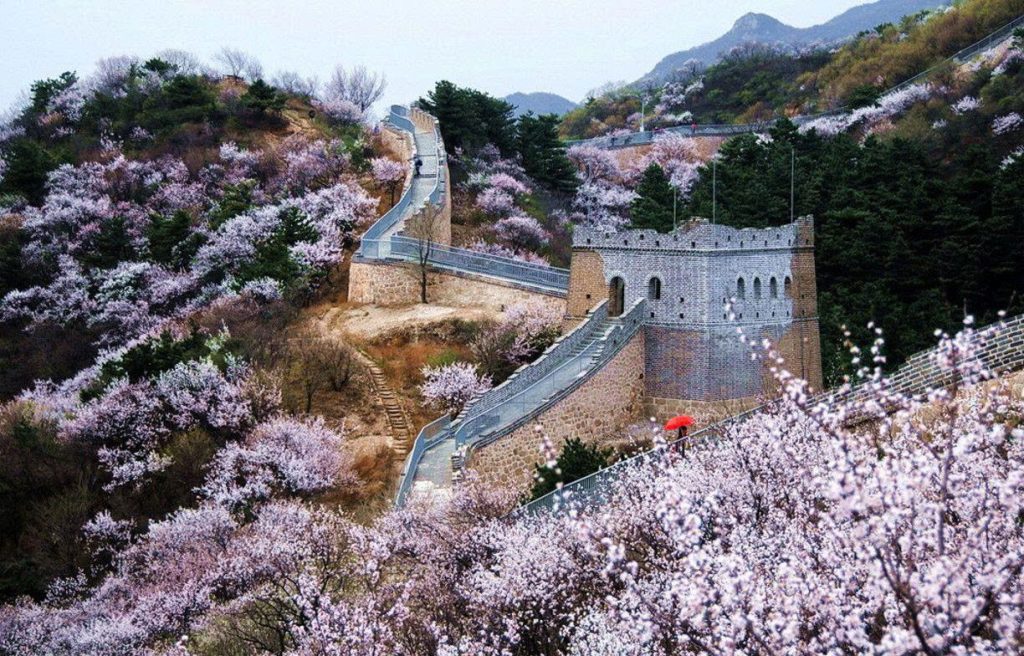
The sheer size of China means climate varies drastically, but general guidelines apply.
- Ideal Timeframes (Spring and Autumn):
- Spring (March to May): Mild temperatures and beautiful blossoms, though spring haze can sometimes be an issue.
- Autumn (September to November): Widely considered the best time. Clear skies, pleasant weather, and stunning foliage.
- Key Public Holidays to Avoid Crowds: Chinese New Year (or Spring Festival, usually late January/February) and the National Day Golden Week (October 1st–7th) see hundreds of millions of people traveling domestically. Unless you are specifically visiting to experience the festival, avoid these peak travel times at all costs, as transport is packed and prices soar.
Conquering the Great Firewall: Digital Preparation
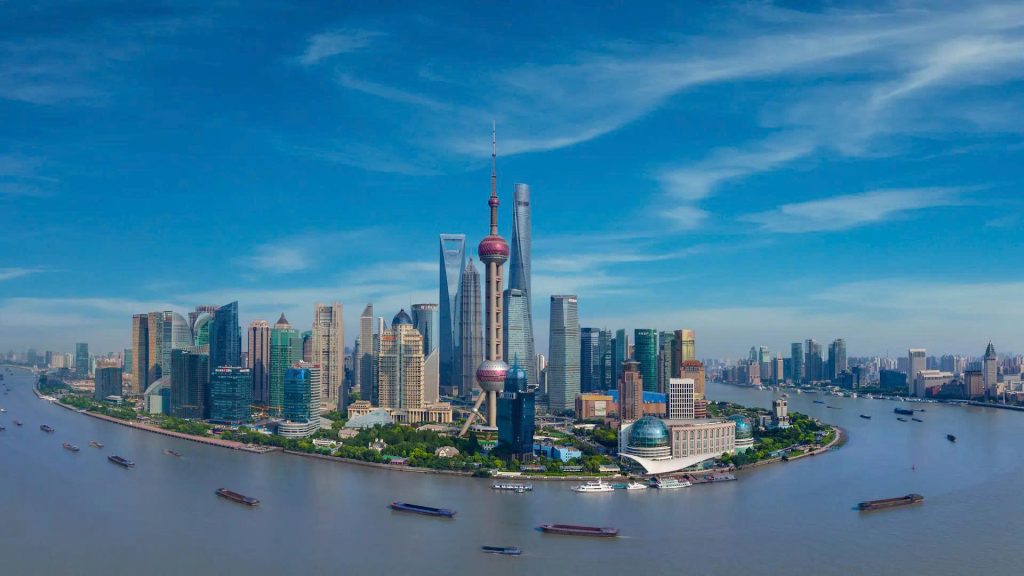
This is arguably the most essential China travel tip for Western visitors. Many globally recognized services are inaccessible in mainland China due to strict internet filtering—known as The Great Firewall.
- Why a VPN is Non-Negotiable: Services like Google, Gmail, YouTube, Facebook, Instagram, and even many Western news sites are blocked. A reliable VPN China (Virtual Private Network) is the only way to maintain access.
- Preparation: You must download and install your VPN before arriving in China. Many VPN provider websites are blocked within the country, making installation impossible once you land.
- Choosing a VPN: Choose a premium, paid service known to work reliably in China (e.g., ExpressVPN, Astrill). Free VPNs are highly unreliable.
- Getting Connected: Local SIM Cards and Wi-Fi Access:
- SIM Card vs. eSIM: Purchasing a local SIM card upon arrival (e.g., China Mobile, China Unicom) provides reliable 4G/5G data. Alternatively, using a travel eSIM can offer flexibility, but check if it requires local network activation that might be blocked by the firewall.
- Wi-Fi: Wi-Fi is common in hotels and cafes, but often requires a Chinese phone number for registration, and without a VPN, will still be limited.
RELATED: China Travel Tips for International Travelers
2. Chinese Culture: Etiquette & Social Dynamics
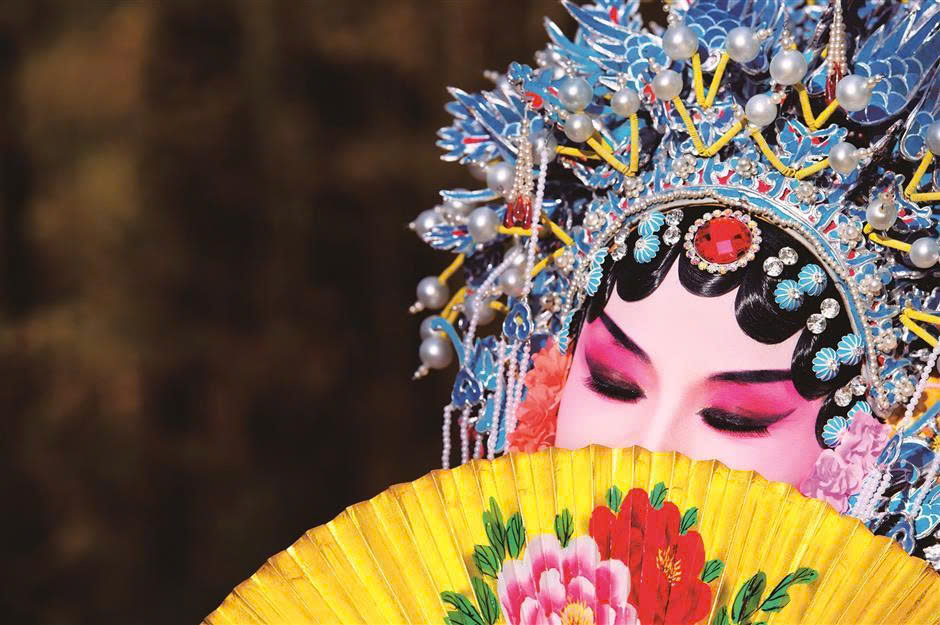
Culture in China is built on a foundation of respect, hierarchy, and harmony. Your knowledge of social norms will directly impact the warmth and smoothness of your interactions.
Mastering Mianzi: Understanding Chinese Social Etiquette
The most important Chinese cultural immersion concept for any visitor is “Face” (Mianzi – 面子). Face represents a person’s dignity, reputation, honor, and prestige, often viewed as their social standing. It is a powerful social currency that dictates much of public and private behavior.
The Concept of “Face” (Mianzi)
- Giving Face: This is showing respect, praise, or deference, which elevates someone’s social standing. Examples include praising someone’s skills publicly, acknowledging their seniority, or giving an expensive gift.
- Losing Face: This is embarrassing or humiliating someone, especially in front of others. This is a severe faux pas. Examples include criticizing someone publicly, rejecting a gift or offer too harshly, or putting someone on the spot.
- Practical Application: Never argue, raise your voice, or express anger in public. If you need to correct someone, do so privately and gently. Politeness and indirect communication are key to how to save face.
Greetings, Gestures, and Personal Space
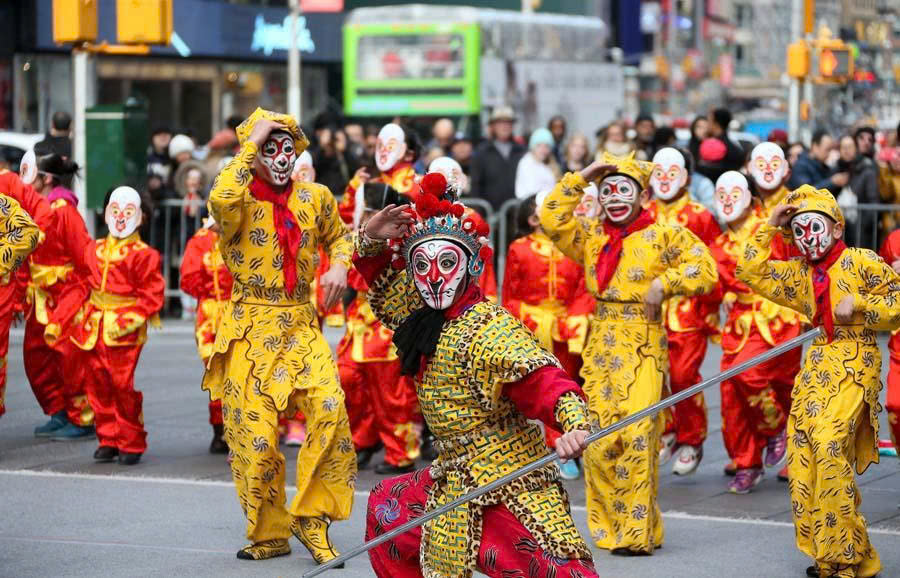
While China is modernizing quickly, these gestures of respect remain paramount.
- Handshakes vs. Nodding: Appropriate Introductions: A handshake is the standard greeting, but it may be softer and longer than in Western cultures. When meeting someone older or more senior, you may accompany the handshake with a slight nod. Always address the most senior person first.
- Names and Titles: Always use a person’s title (Mr., Ms., Dr.) followed by their family name (which comes first in Chinese naming conventions, e.g., Li Ming is Mr. Li). Only use first names if explicitly invited to do so.
- Body Language to Avoid:
- Pointing: Never point at a person with a single index finger; use an open hand.
- Public Displays of Affection (PDA): Keep hugging, kissing, or even holding hands to a minimum in public, as it is generally frowned upon.
- Feet: Do not put your feet on furniture, as the feet are considered the lowest and dirtiest part of the body.
Dining Etiquette: Chopsticks and Toasts
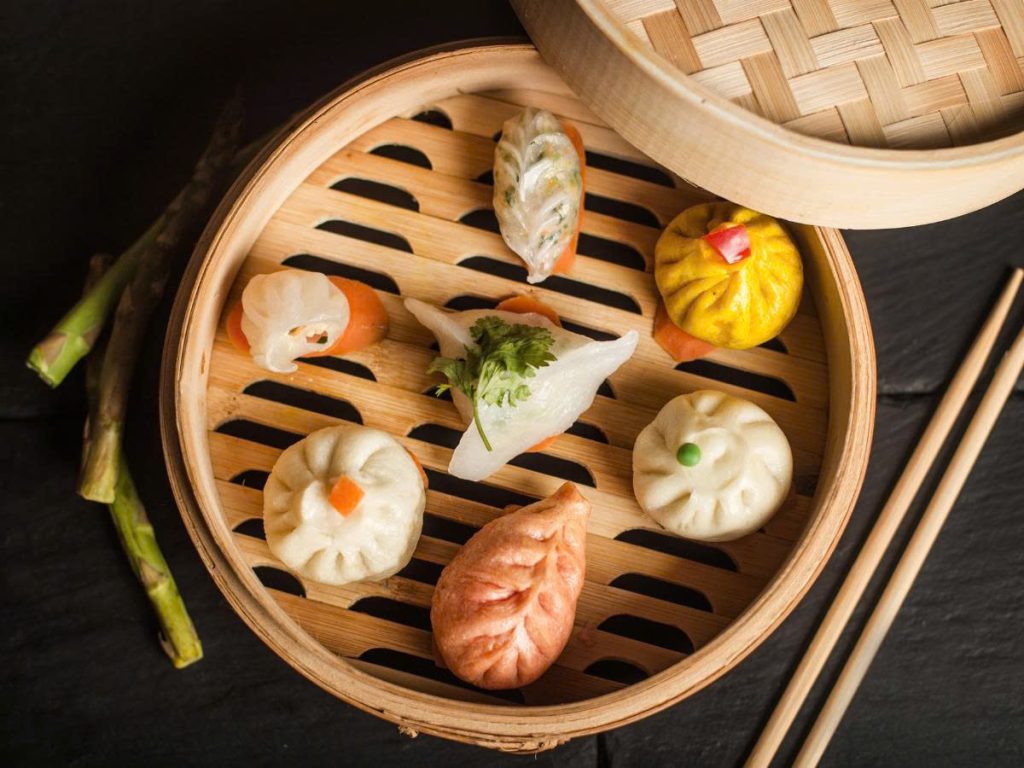
Sharing a meal is a cornerstone of Chinese cultural immersion and a prime setting for observing Chinese business etiquette and social rules.
- The Chopstick Taboos: Mastering chopsticks is a sign of respect, but avoid these major faux pas:
- Never stick your chopsticks upright in a bowl of rice. This resembles the incense used in ancestor worship and is strongly associated with death.
- Do not use chopsticks to point at other people or dishes.
- Do not use chopsticks to spear food.
- When resting, place them neatly across the top of your bowl or on the provided rest.
- The Art of the Toast and Sharing Food: Chinese meals are typically served family-style with multiple shared dishes.
- Toasting (Gānbēi): The host will often make the first toast. Gānbēi literally means “dry the glass.” While you don’t always have to empty your glass, it’s customary to at least sip or take a big gulp, especially if drinking the fiery liquor Baijiu.
- Serving: Always serve others before serving yourself.
- Tipping Culture in China: Unlike North America or Europe, tipping culture China is essentially nonexistent in most local restaurants, taxis, and everyday services. It is often not expected and can sometimes be confusing or even mildly insulting (as service is considered part of the job). However, it may be customary to tip tour guides or drivers working for international travel companies.
RELATED: Ultimate Guide to the Top 10 Most Popular Chinese Dishes
3. China’s Historical Tapestry: Dynasties, Philosophies, and Modernity
The Dynastic Era: From Qin to Qing
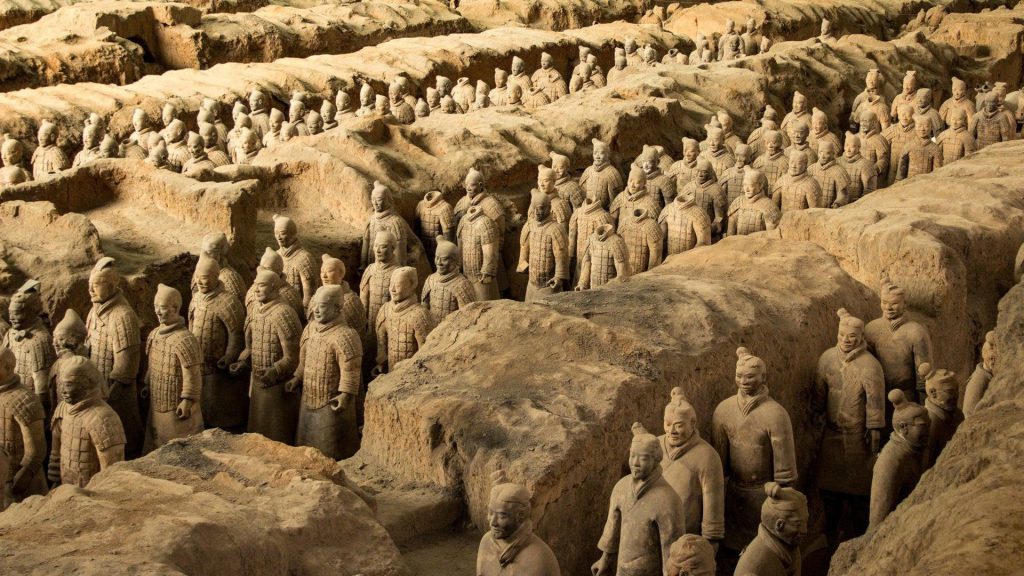
China’s history is traditionally divided into a succession of Dynasties, each leaving an indelible mark.
- The Unification by the Qin Dynasty (221–206 BC): This is where China, or Zhongguo (Middle Kingdom), began its unified history. Emperor Qin Shi Huang standardized writing, currency, and measurements. He is also responsible for starting the connection of various fortifications into the first Great Wall and creating the legendary Terracotta Army near Xi’an.
- The Golden Ages (Han, Tang, Song):
- Han Dynasty (206 BC–AD 220): Expanded the Silk Road, linking China with the West and consolidating the empire.
- Tang Dynasty (618–907): A golden age of art, poetry, and cosmopolitan culture, widely considered one of the greatest eras of Chinese history.
- Song Dynasty (960–1279): Saw unprecedented technological advancements, including the invention of printing and gunpowder.
- The Last Dynasty: Qing (1644–1912): The final dynasty fell in 1912, leading to the establishment of the Republic of China and, later, the People’s Republic of China in 1949. The Forbidden City in Beijing served as the imperial palace from the Ming Dynasty until the end of the Qing Dynasty.
Philosophical Foundations
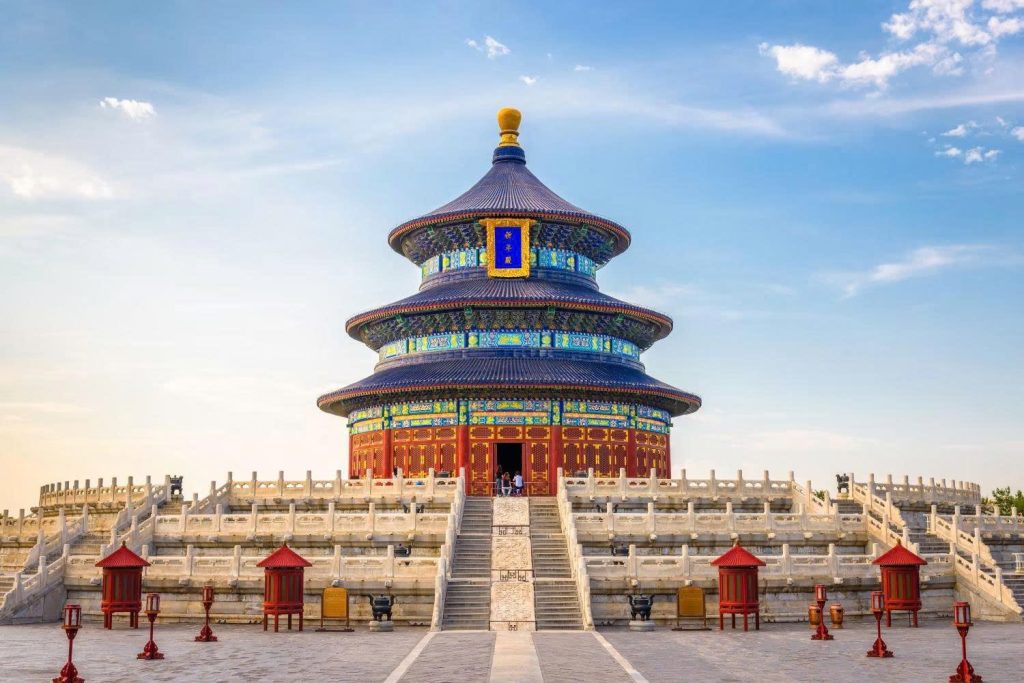
Chinese culture is fundamentally shaped by its philosophical entities.
- The Enduring Influence of Confucianism: Developed by Confucius (Kǒng Fūzǐ, 551–479 BC), Confucianism is less a religion and more a political and ethical philosophy emphasizing Filial Piety (respect for elders and ancestors), Ren (benevolence), and the correct hierarchical relationships within society. It is the root of the emphasis on Mianzi and harmonious social order.
- Taoism and Buddhism: Taoism (Daoism) is an indigenous Chinese philosophy focused on living in harmony with the Tao (the Way). Buddhism, imported from India, became deeply integrated, influencing everything from architecture to art. When visiting temples, show respect by dressing modestly and observing local customs.
Understanding Modern China
A basic understanding of the 20th century is key to interpreting the modern Chinese mindset.
- The turmoil of the early 20th century, the founding of the People’s Republic of China in 1949, and subsequent decades of political and economic transformation have instilled a strong sense of national pride and a focus on collective success and stability. This historical context is vital when discussing contemporary issues.
RELATED: Top 5 Cities to Visit in China for First-Timers
4. Getting Around & Safety Tips
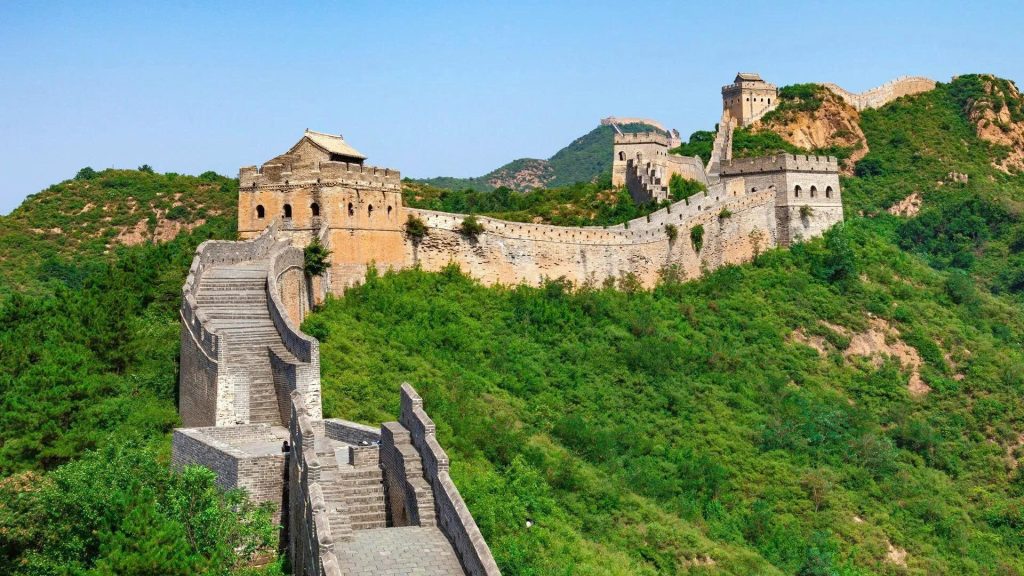
With the cultural background established, let’s address the crucial logistics for navigating day-to-day life effectively and safely.
Getting Around & Staying Safe: Practicality on the Ground
Navigating Money and Payments
The old world of cash transactions has been almost completely replaced. If you plan on buying anything from a street vendor to a high-end mall, you need to be set up for mobile payment China.
- The Dominance of Mobile Payments: WeChat Pay and Alipay are not just preferred; they are often the only way to pay, especially outside major tourist hubs.
- Setup Tip: Both apps now offer a “Tour Pass” or international credit card linking feature that allows foreign tourists to top up or link their bank cards, making them usable in China. Do this before you arrive.
- Cash and Cards: Cash is primarily needed for small, local transactions where mobile payment might not be available or for tipping private guides. International credit cards are generally only accepted at high-end hotels and major international retailers. Carry enough RMB currency (Yuan) for emergencies.
Transportation Networks: Speed and Efficiency

China’s infrastructure is world-class, making internal travel efficient, provided you book ahead.
- High-Speed Rail: The high-speed rail (HSR) network is the fastest and most reliable way to travel between major cities. Tickets should be booked in advance, either through official apps (like China Railway 12306) or a reputable travel agency. Always allow plenty of time at the station, as security and ticket collection can be time-consuming.
- Urban Transit: City metro systems are clean, efficient, and cheap. In larger cities, use local mapping apps (like Baidu Maps or an English-friendly alternative like Amap or even a downloaded Google Map) to navigate, as street signs may not always be in Pinyin (Romanized Chinese).
- Ride-Sharing: Apps like Didi Chuxing (the Chinese equivalent of Uber) are essential. Note that you may need a local SIM or to have your address written in Chinese characters to communicate with the driver effectively.
Health, Safety, and Communication
Safety is generally high in China, but preparedness is key.
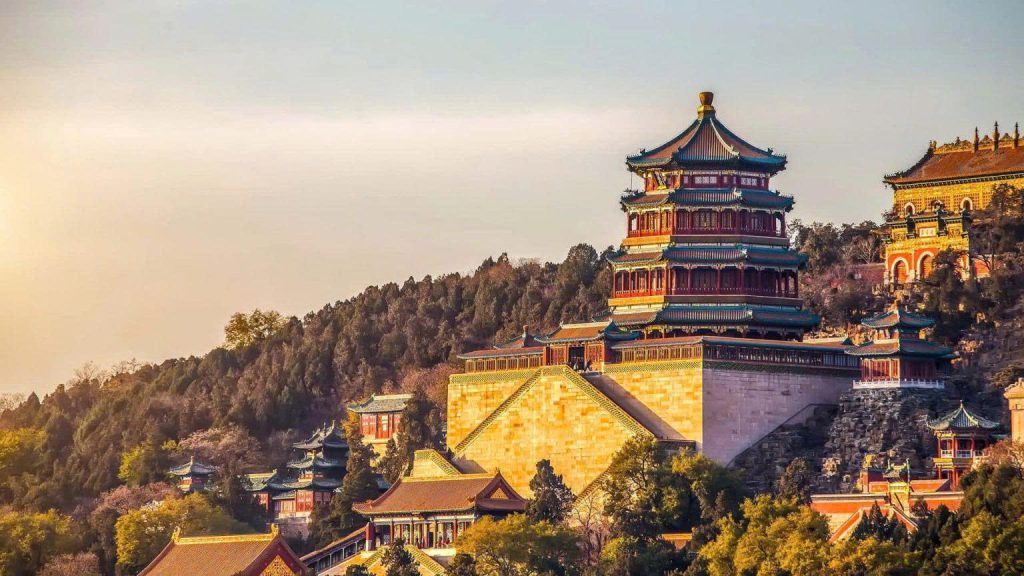
- Health Precautions:
- Water Safety: Never drink tap water unless it has been boiled. Stick to bottled water.
- Air Quality: In certain large cities, consider bringing an N95 or similar mask, especially during peak pollution seasons (usually winter).
- Travel Insurance: Comprehensive China travel insurance is non-negotiable for medical emergencies and coverage for cancelled flights or lost luggage.
- Safety and Scams: China is generally very safe, with low rates of violent crime. However, be aware of minor scams common in major tourist areas, such as overly friendly “students” trying to take you to an overpriced art shop. Firmly but politely decline.
- Essential Mandarin Phrases to Know: Even in major cities, English proficiency is low. Learning a few basics shows immense respect:
- Hello: Nǐ hǎo (Nee-haow)
- Thank you: Xièxiè (Shye-shye)
- Where is the bathroom? Cèsuǒ zài nǎlǐ? (Tseh-soo-oh zai naa-lee)
- How much? Duōshǎo qián? (Dwo-shao chyen)
5. Destinations for the Culturally Curious
Now that you are logistically and culturally ready, here are the essential cultural entities that should form the backbone of your first-time itinerary.
The Historical Trio (Beijing, Xi’an, Shanghai)
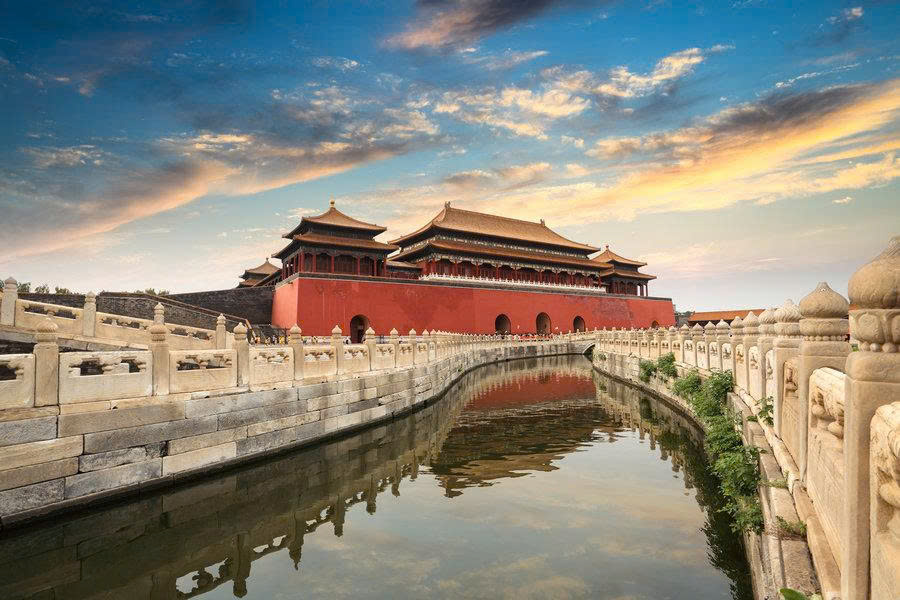
These three cities offer the most comprehensive snapshot of China’s past, present, and future.
- Beijing: The Imperial Capital
- Must-See: The Forbidden City (Gùgōng) and Tiananmen Square represent the political heart of imperial and modern China. Allow a full day for the Forbidden City and book tickets well in advance.
- Tip: Visit the Mutianyu or Jinshanling sections of the Great Wall for a less crowded, more authentic hiking experience compared to the Badaling section.
- Xi’an: The Ancient Heart
- Must-See: The Terracotta Army of Emperor Qin Shi Huang is one of the world’s most incredible archaeological sites.
- Tip: Cycle atop the beautifully preserved Xi’an City Wall, one of the oldest and largest in the world, and explore the vibrant Muslim Quarter for street food.
- Shanghai: The Global Metropolis
- Must-See: Stroll the Bund waterfront to see the juxtaposition of colonial-era architecture and the neon-lit skyscrapers of Pudong.
- Tip: Visit the classical Yuyuan Garden for an escape into traditional Chinese landscaping and tea culture.
Nature and Modernity
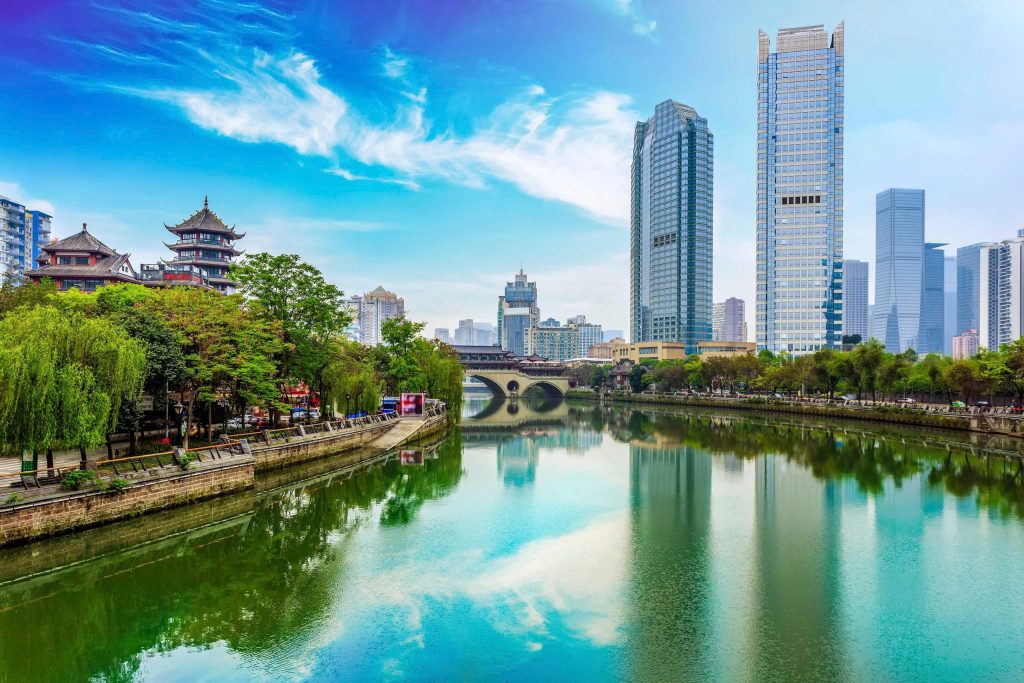
Venture out to appreciate China’s natural beauty and regional cultures.
- Chengdu: The Giant Panda and Spice:
- Must-See: Visit the Chengdu Research Base of Giant Panda Breeding to see the national treasure.
- Tip: Immerse yourself in the distinct, spicy Sichuan cuisine and explore the relaxed tea houses.
- Guilin/Yangshuo: Karst Landscapes:
- Must-See: Take a cruise down the Li River to witness the stunning limestone peaks and surreal natural scenery immortalized in Chinese painting.
RELATED: Ultimate China Travel Guide: Visa, Costs, and Tips 2026
Your journey to China will be one of the most rewarding and challenging adventures you’ll ever undertake. By prioritizing preparedness in etiquette, history, and logistics—from mastering Mianzi and knowing your Dynasties to securing your VPN and mobile payments—you ensure your trip transcends mere tourism and becomes an authentic cultural experience. Go prepared, stay open, and embrace the unparalleled wonder of the Middle Kingdom.

